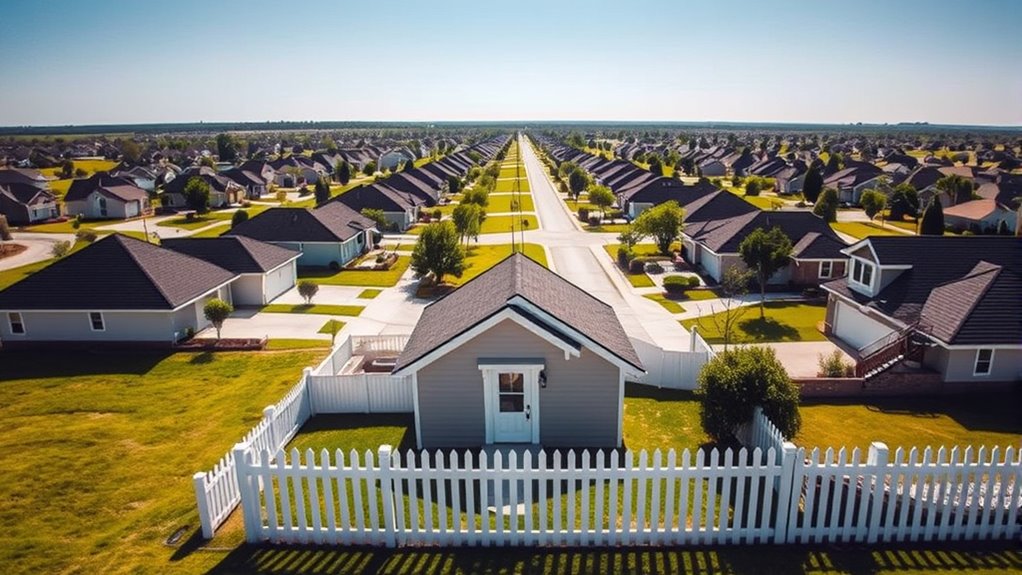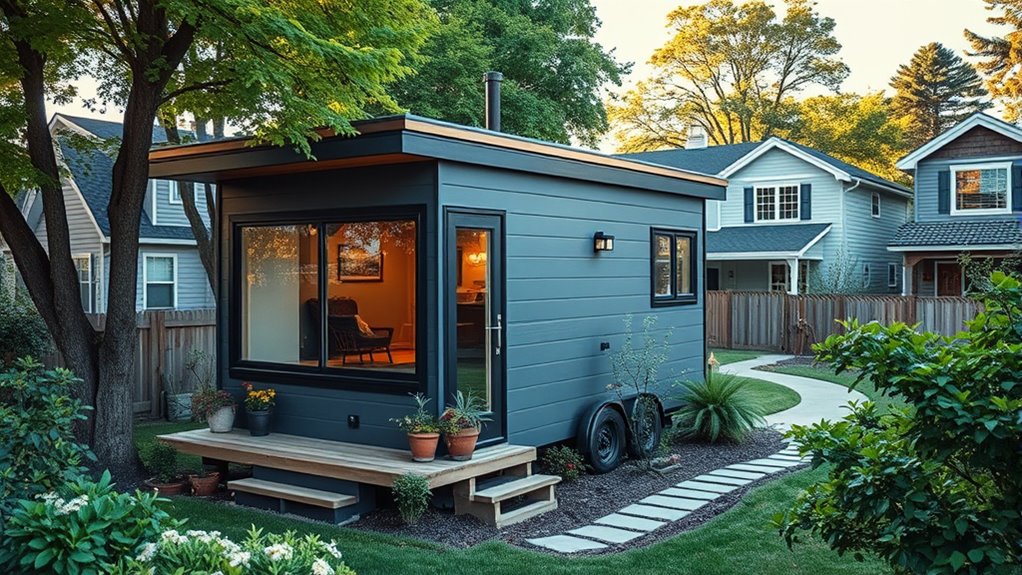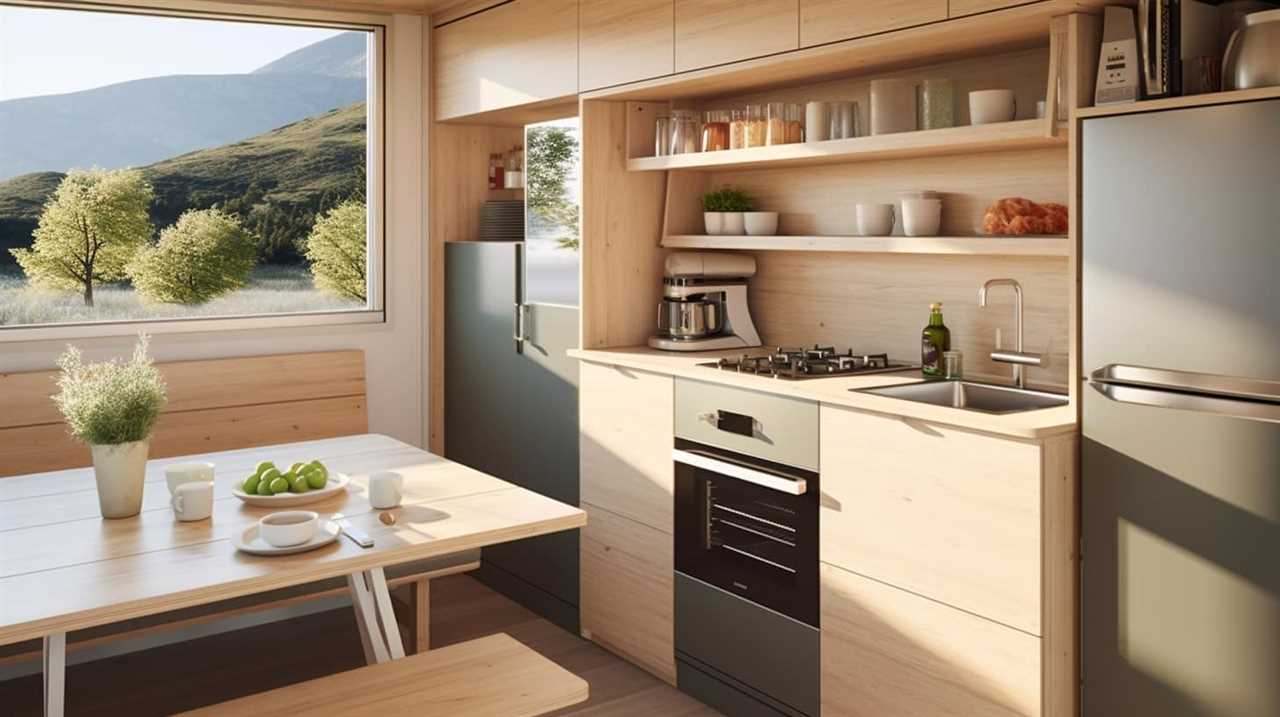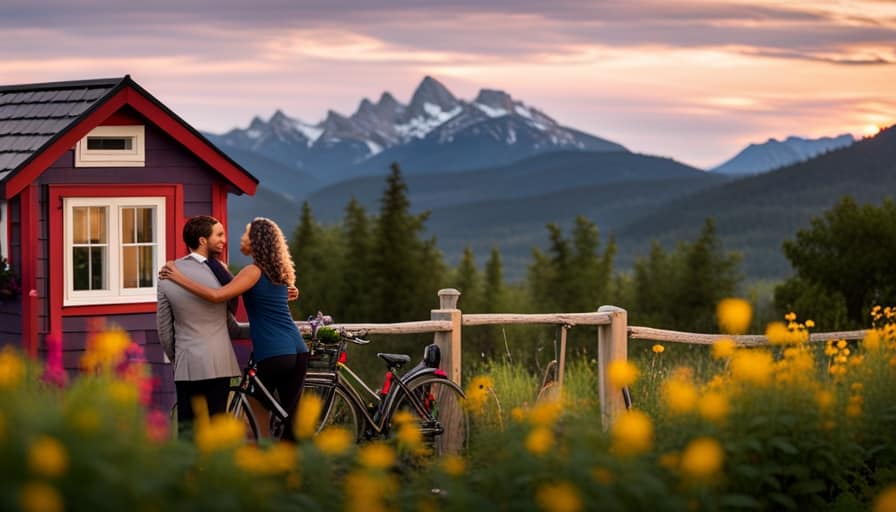Many people assume that zoning laws automatically prevent tiny homes from becoming permanent residences, but is that really the case? While it’s true some myths persist, the reality often differs, and understanding the truth could open new doors for affordable, sustainable living. There are common misconceptions about tiny homes and zoning that may be holding you back more than you realize—so what’s really possible in your community?
Key Takeaways
- Many believe zoning laws prohibit tiny homes, but regulations often vary and can be navigated with permits and proper planning.
- Common myths assume tiny houses can’t be built on permanent foundations, yet local codes often support foundation-based tiny homes.
- People think neighborhoods ban tiny houses, but zoning updates and exceptions increasingly allow them in various communities.
- Outdated information leads to misconceptions; researching current local regulations can reveal legal options for tiny living.
- Zoning myths discourage exploration, but persistence and understanding local laws can open opportunities for legal tiny home placement.

Have you ever believed that zoning laws are just bureaucratic hurdles or unnecessary restrictions? Many people share this misconception, especially when it comes to tiny living. The truth is, zoning myths often create unnecessary barriers that discourage folks from pursuing smaller, more efficient homes. These tiny living misconceptions can make it seem impossible to find a legal place to park or build a tiny house, but that’s not always the case. Understanding the realities behind zoning regulations can help you see that going tiny might be more feasible than you think.
A common zoning myth is that tiny houses are automatically classified as RVs or trailers, making them impossible to live in year-round. In reality, many jurisdictions have specific zoning codes that allow tiny homes as primary residences, especially if they meet local building standards. It’s a misconception that your tiny house will always be considered temporary or recreational. Local zoning ordinances are evolving, and some areas are creating zones or exceptions for tiny homes to serve as permanent dwellings. By researching your local regulations or working with zoning officials, you may find that your dream of tiny living is more achievable than the zoning myths suggest.
Another misconception is that tiny homes can’t be built on permanent foundations, limiting your options to mobile setups. This is false in many regions, as zoning laws often distinguish between mobile homes and permanently affixed tiny houses. If you plan ahead and choose the right location, you can construct a tiny house on a foundation that complies with local building codes. This not only makes your home more stable and durable but also helps you avoid the perception that tiny living is just temporary or recreational. Overcoming this tiny living misconception involves understanding your local building and zoning codes, which often have provisions for small, permanent residences.
Many people also believe that zoning laws prohibit tiny houses in most neighborhoods, especially in suburban or urban areas. While restrictions do exist, they’re not universal. Some municipalities are updating their zoning codes to accommodate tiny homes, recognizing their potential to address affordable housing shortages. It’s a misconception that you’ll be outright banned from placing a tiny house in your preferred community. With proper planning, permits, and sometimes negotiating with local authorities, you can often find a way to make tiny living legal in your desired location. The key is to look beyond the zoning myths and understand the actual rules in your area.
In essence, these tiny living misconceptions and zoning myths often stem from outdated information or misunderstandings of local regulations. Instead of being discouraged, you can take proactive steps to learn what’s actually possible in your community. The barriers are not as insurmountable as they seem, and with a little research and persistence, you might find that a tiny home fits perfectly within your local zoning framework. For example, understanding zoning laws and their classifications can greatly influence your options. Don’t let myths hold you back from exploring the many benefits of tiny living.
Conclusion
Don’t let zoning myths act as invisible walls blocking your path to tiny living. Think of these misconceptions as clouds that can be cleared with a little research and persistence. Once you understand the rules and gather the right permits, you’ll find that your dream of a tiny home isn’t just a distant star—it’s an achievable beacon guiding you toward a more affordable, sustainable future. Break through those myths and start building your tiny dream today.
Hi, I’m Emma. I’m the Editor in Chief of Tiny House 43, a blog all about tiny houses. While tree houses are often associated with childhood, they can be the perfect adult retreat. They offer a cozy space to relax and unwind, surrounded by nature. And since they’re typically built on stilts or raised platforms, they offer stunning views that traditional homes simply can’t match. If you’re looking for a unique and romantic getaway, a tree house tiny house might just be the perfect option.










